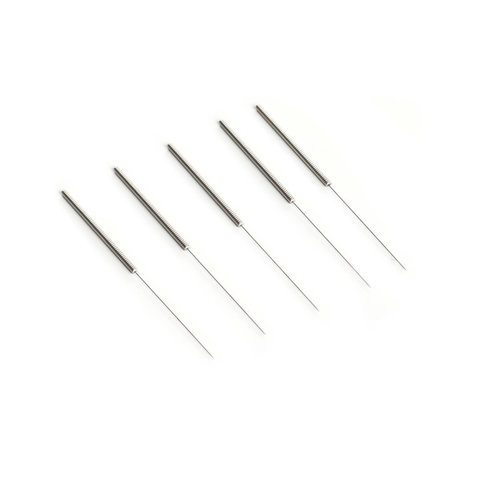The acupuncture needle was developed as a tool for Traditional Chinese Medicine (TCM) over 3,000 years ago. Its purpose was to create a hole in the skin so as to allow the escape of ‘evil air’ that was thought to block the circulatory flow of ‘chi’ – the vital force of life. The first needles were the sharpened rib bones of a mouse, and wooden and bamboo splinters. Metals were used later and clinical benefits ascribed to whether they were made of gold, silver or iron.
TCM was primarily the health system of peasants but on the ascension of Mao Tse Tung’s communist party in the late 1940’s it was politically elevated by the Chinese State and so demand drove the development of thin, medical grade, filiform needles. Initially production levels were low so practitioners would have only a small supply of needles that they sterilized and re-used.
At the same time in the West, the rise of awareness of Myofascial Trigger Points led to the use of dry needling, but in the absence of alternatives, large bore, empty hypodermic needles were used. Physiotherapists had been addressing those same trigger points but were limited to using massage, heat, cold spray, stretching and exercises as their treatment modalities.
A remarkable confluence of events in the late 1970s and 1980s led to physiotherapists embracing the acupuncture needle as a new treatment modality. The events include the dropping of the ‘Bamboo Curtain’ and increased Chinese manufacturing making acupuncture needles more available, changes in physiotherapy regulations that removed practice restrictions, the rapid growth of private practice physiotherapy, and the significant increase in knowledge of the neurophysiology of pain – in particular Melzack and Wall’s ‘pain gate’ theory of hyperstimulation analgesia.
Description provided by Glenn Ruscoe of Australia
References:
Baldry P. 2004. Acupuncture, Trigger Points and Muscular Pain, 3rd ed. Churchill Livingstone: London.
Travell JG and Simons DG. 1983. Myofascial pain and dysfunction: The trigger point manual. Williams and Wilkins: Baltimore.

